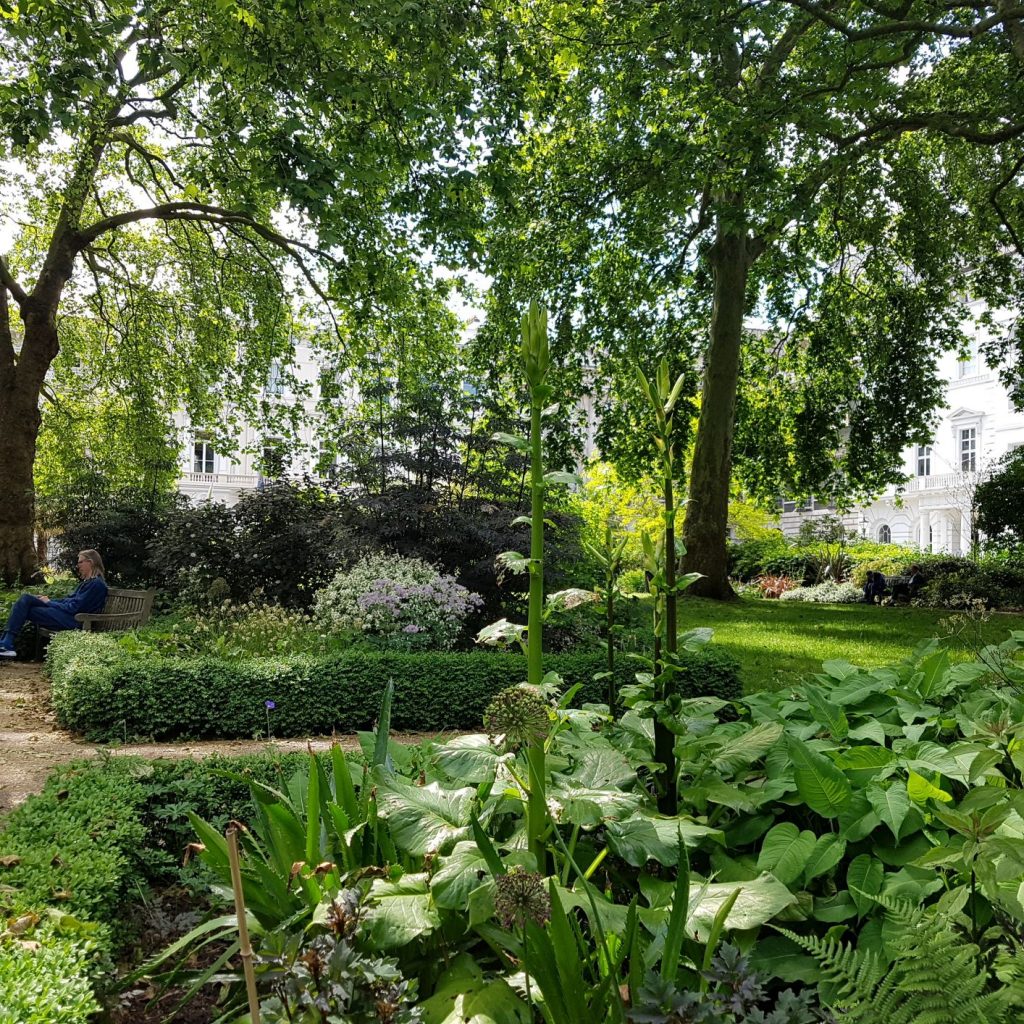In his pamphlet on air pollution in London (Fumifugium, 1661), diarist and gardener John Evelyn proposed gardens, nurseries and fragrant planting to provide health, profit and beauty for the city. By the late 18th century, William Pitt the Elder is believed to have first described parks, even then at risk of development, as ‘the lungs of London’. Edwin Chadwick and other Victorian social reformers went on to press for the creation of public parks as part of the response to the challenges of urban poverty such as overcrowded housing. These ideas eventually came to be reflected in the Public Health Act 1875 which consolidated a number of measures and gave powers to local authorities spanning sanitation, healthcare and the provision of amenities including places for public recreation.
Camden and Islington’s Parks for Health programme draws on the legacy of our 19th century municipal forebears. While their approach tended to be more paternalistic than we’d accept today, evidence continues to accrue of the social as well as individual benefits to be gained from local councils, in partnership with others, maintaining high quality, accessible green space on our behalf.
Of course, 21st century London is more populous and diverse than in Victorian times. And although overall health and life expectancy may have improved, health inequalities and the health effects of deprivation remain stark – further exposed by the unequal impacts of Covid19 across demographic groups.
For all these reasons, the pressures on parks have increased – and not just as a result of footfall. Different people have different wants from their parks, and at different times of their lives. Different circumstances also play their part. London property prices in general, and areas where household overcrowding is a problem, mean that many people look to public parks for quiet, fresh air, meeting friends, stretching their legs, growing food, making art, listening to music and more. Indeed, not all city dwellers fantasise about a private garden to maintain for themselves. Rather, they appreciate that public parks are part of the thrilling mix of urban life, places which throw us into a sometimes happy, sometimes a little more challenging co-existence. As Hannah Jane Parkinson puts it so well in her piece about appreciating her park during the Covid19 pandemic: ‘The incongruity of parks is that they are where one can go simultaneously to have time alone and feel part of a community. That is a neat magic trick.’ (The Guardian, 15 May 2020)
With all this in mind, those of us involved in Parks for Health have developed a vision for 2031 which tries to capture needs which are perennial (pun certainly intended) while reflecting contemporary sensibilities. To make this vision a reality, we’re working to transform our parks into holistic spaces for health and wellbeing, safeguard their future with sustainable funding, strengthen the social infrastructure which enables this to happen, and unite the community as a whole in driving these changes.
‘Camden and Islington’s public parks and green spaces are used, enjoyed and maintained as health assets for the whole community.
Everyone feels welcome in our parks. More people than ever before visit and stay for longer – enjoying nature and taking part in activities which make them healthy and happy.
Our parks are places where people can come together or spend time alone, be active or pause and reflect.
Our parks are at the heart of community life.’
Parks for Health Vision 2031
Do tell us what you think.
Parks for Health is Camden and Islington’s Future Parks Accelerator programme, funded by the National Lottery Heritage Fund. This blog was originally published on the Shared Assets website in May 2021.



